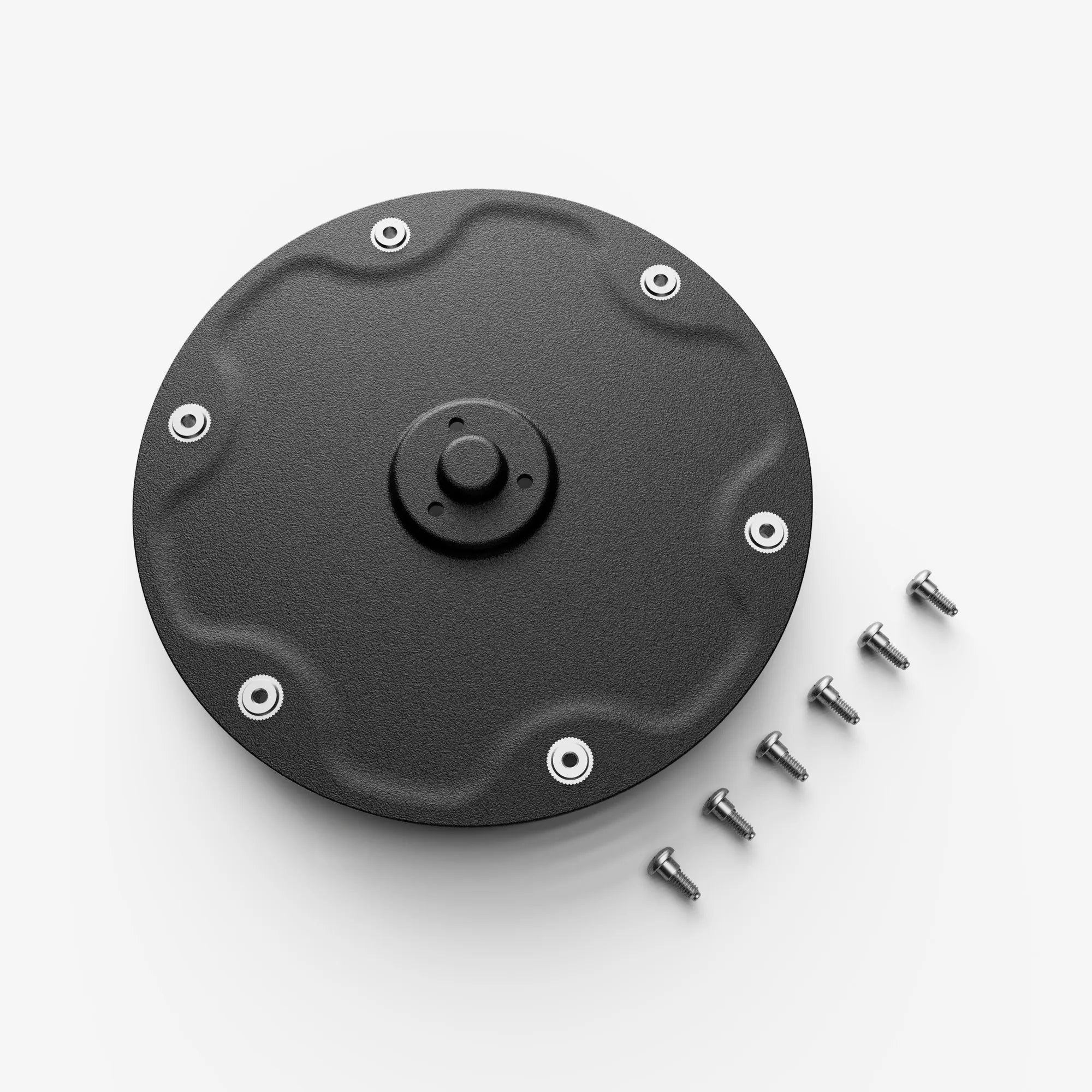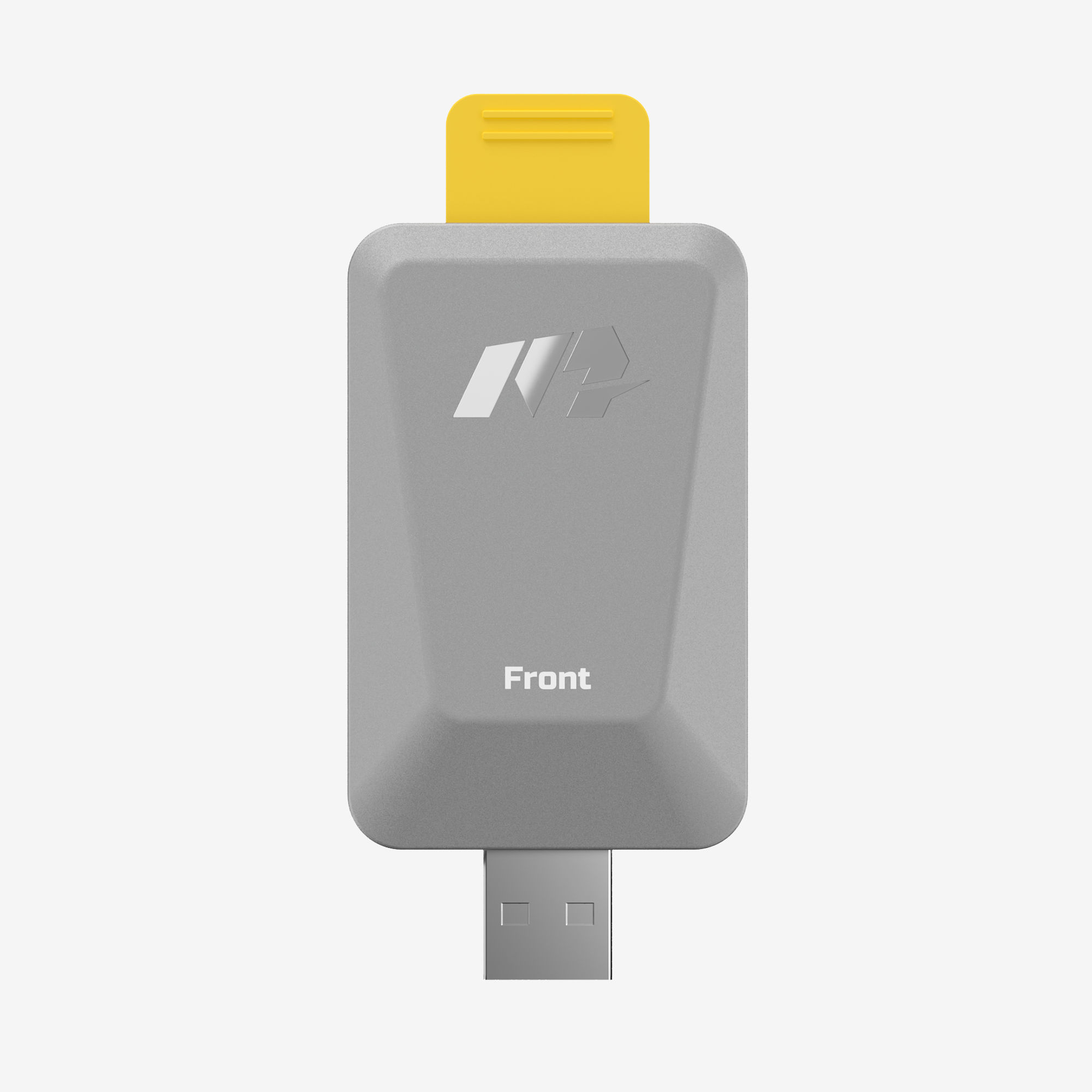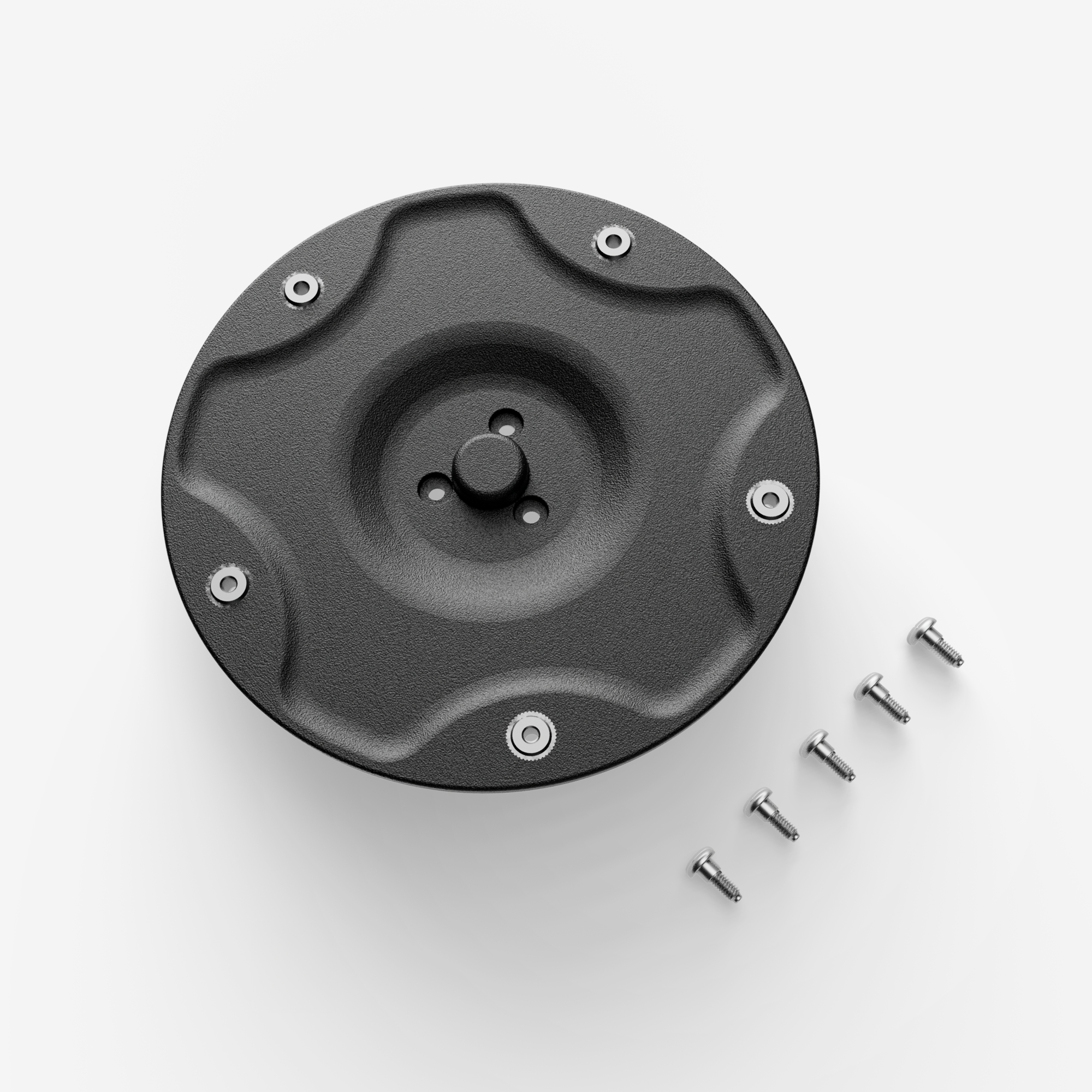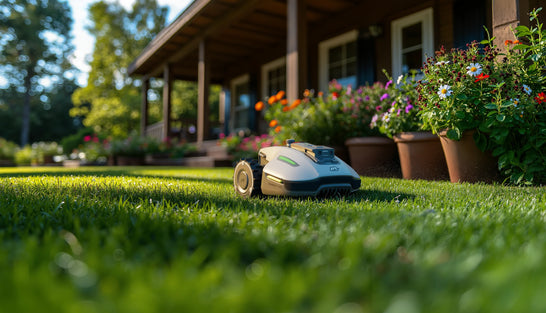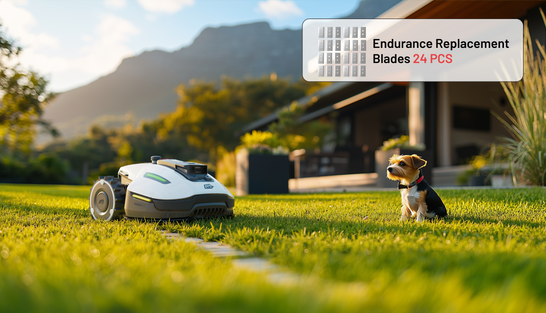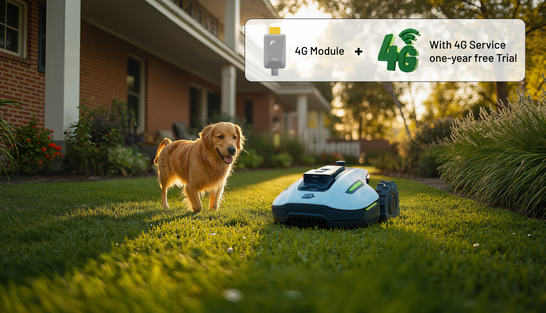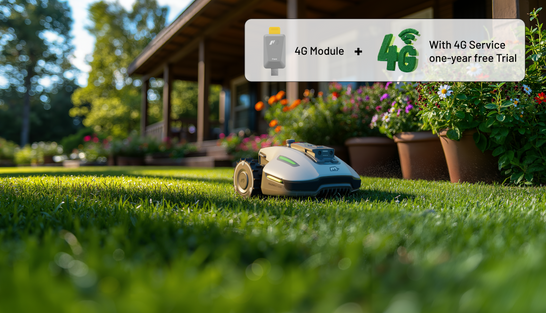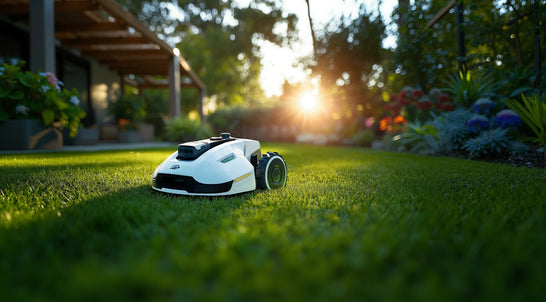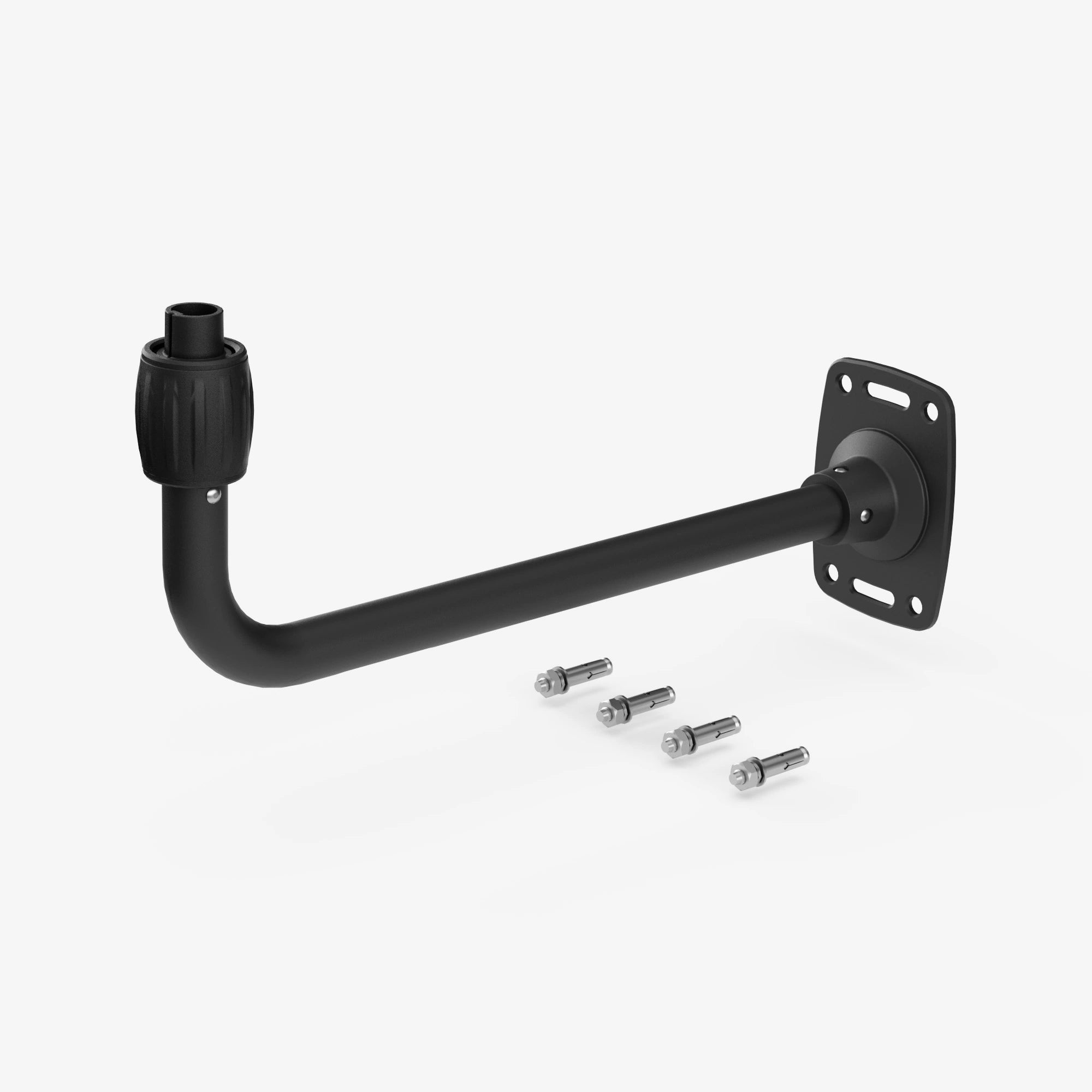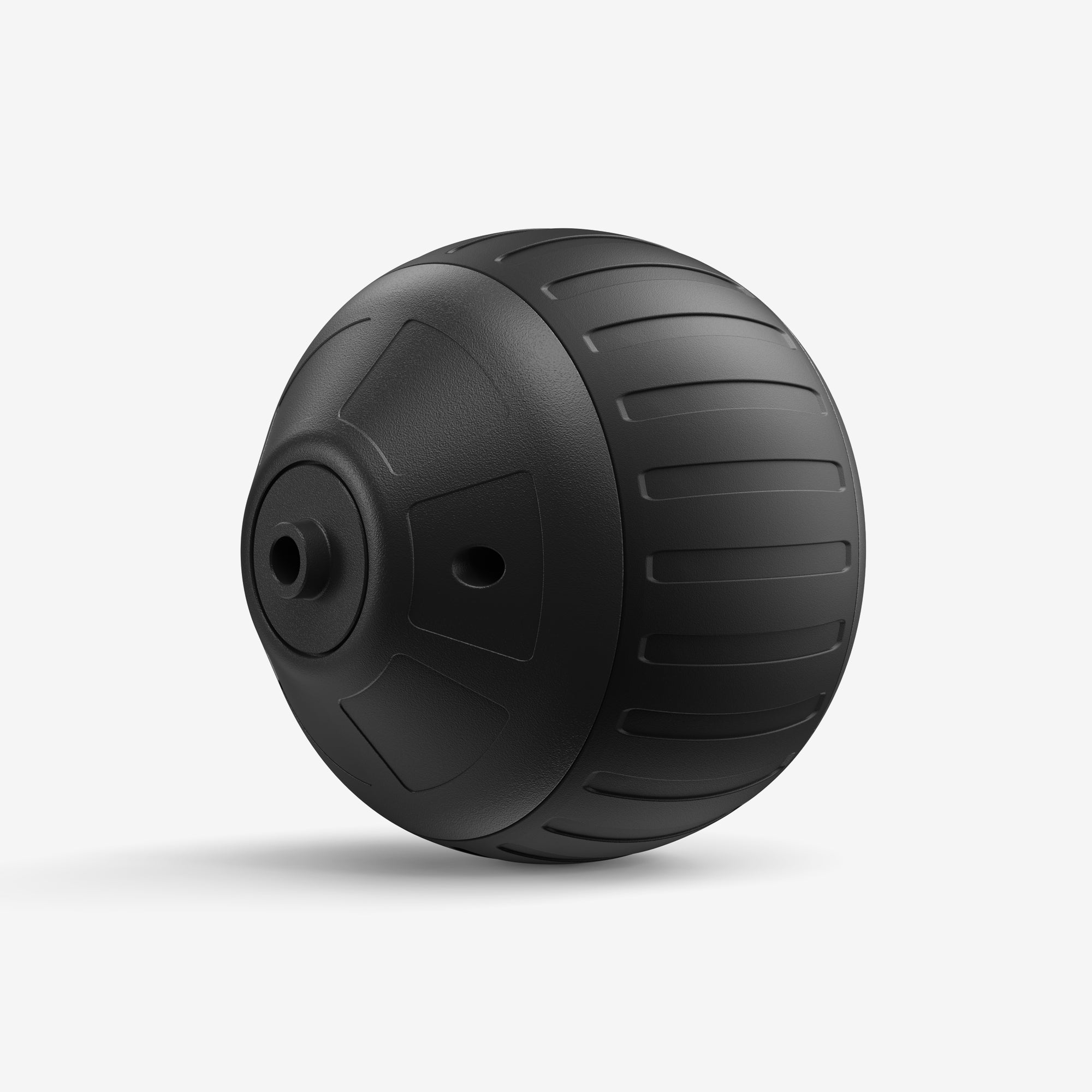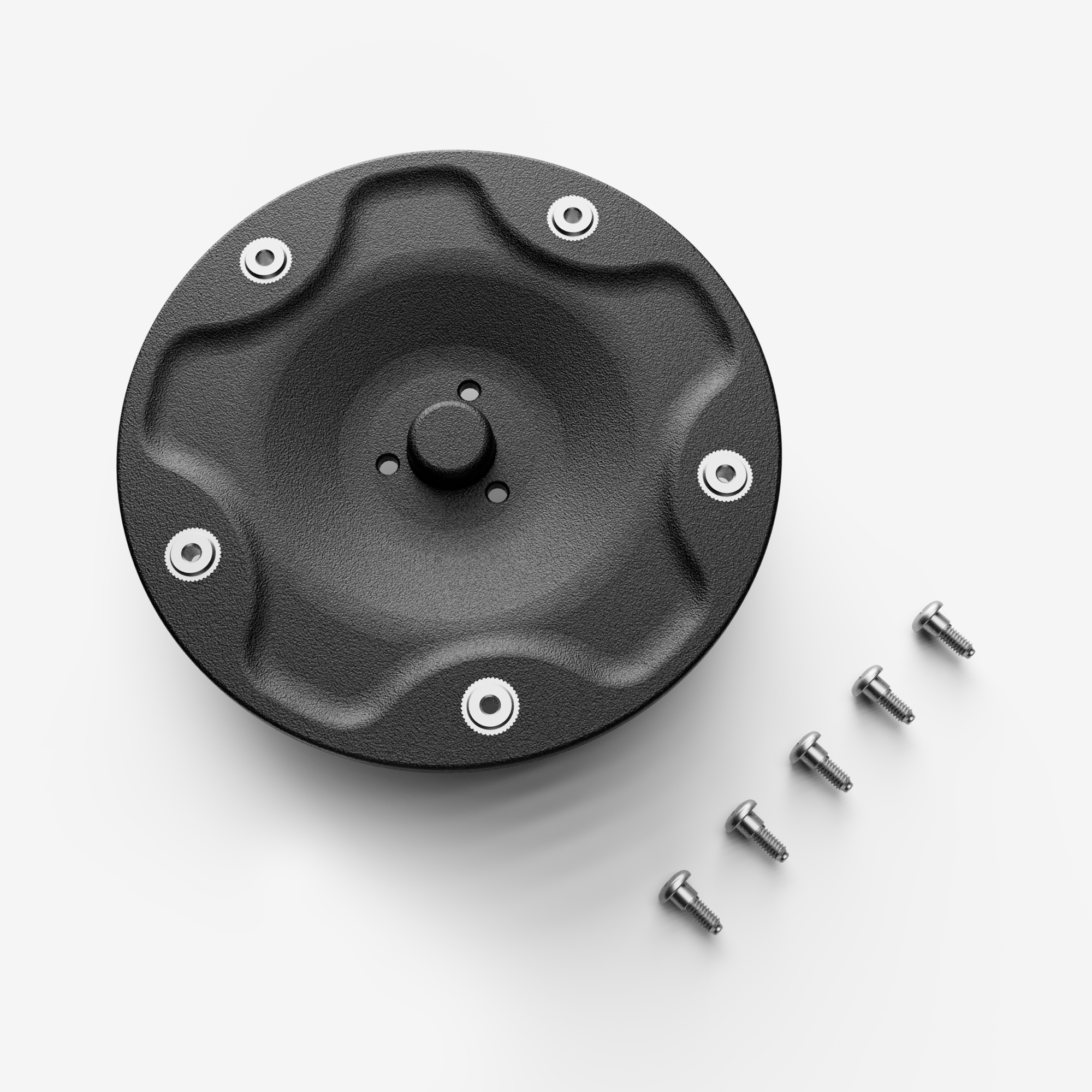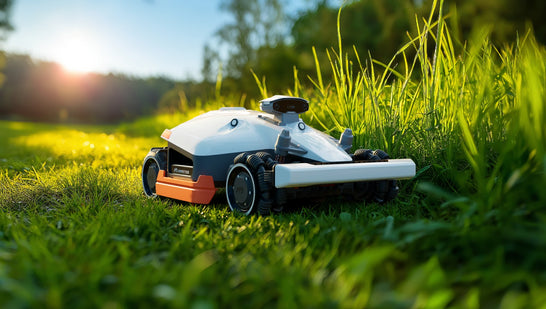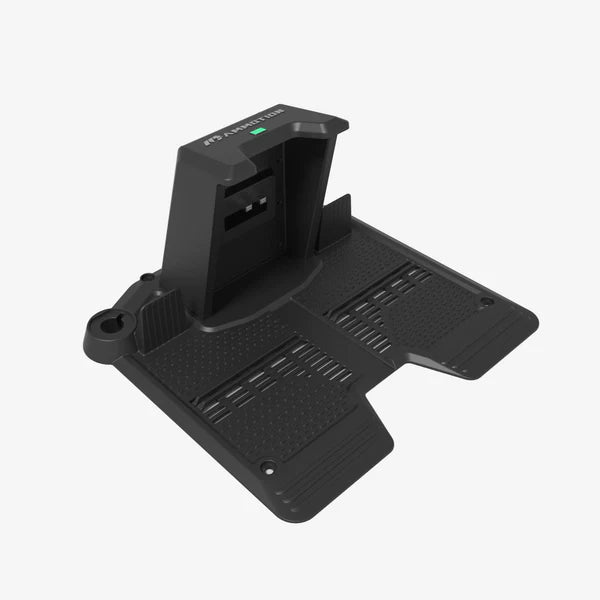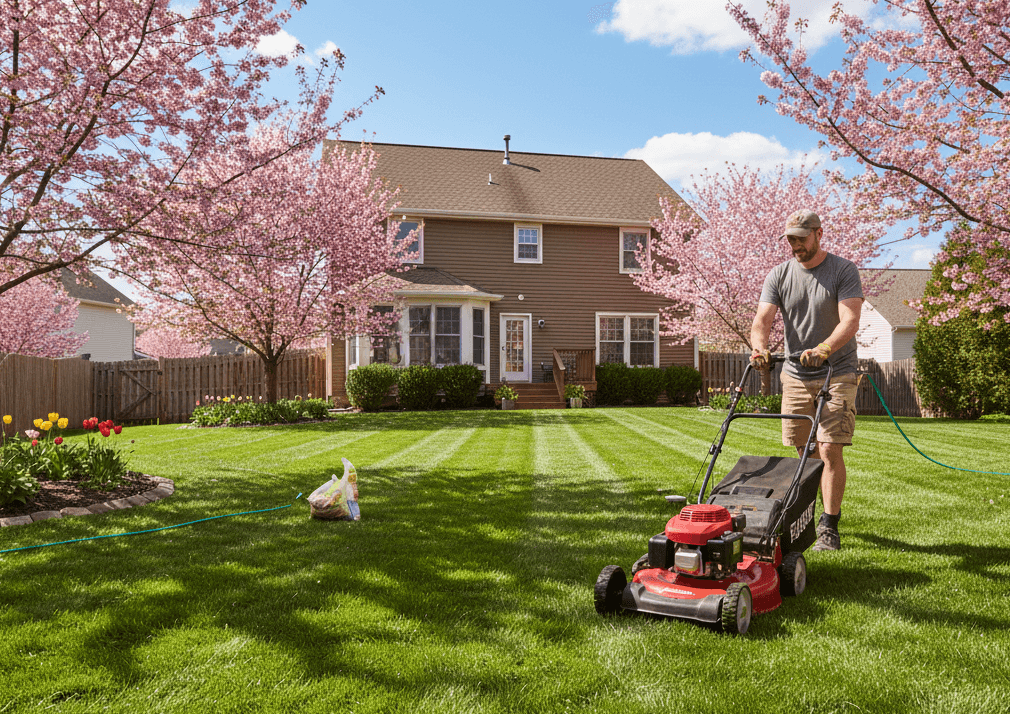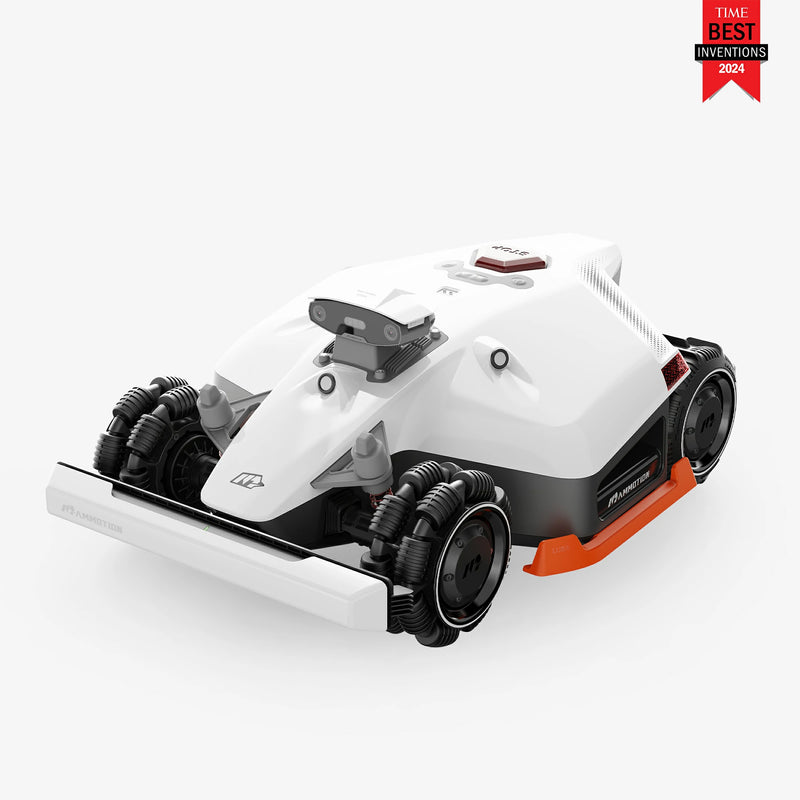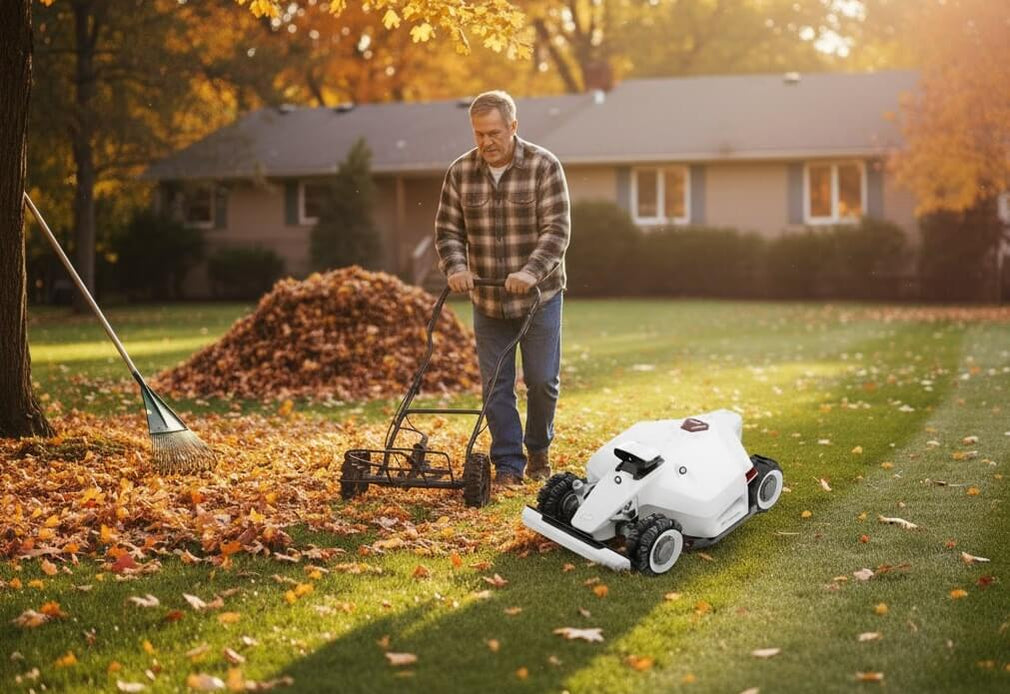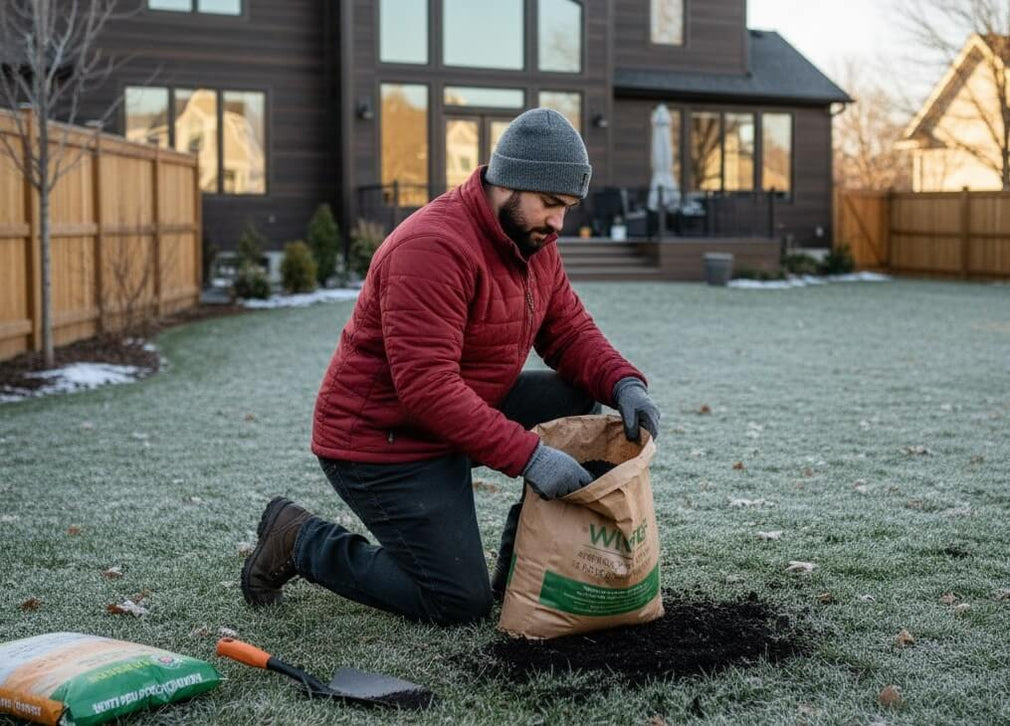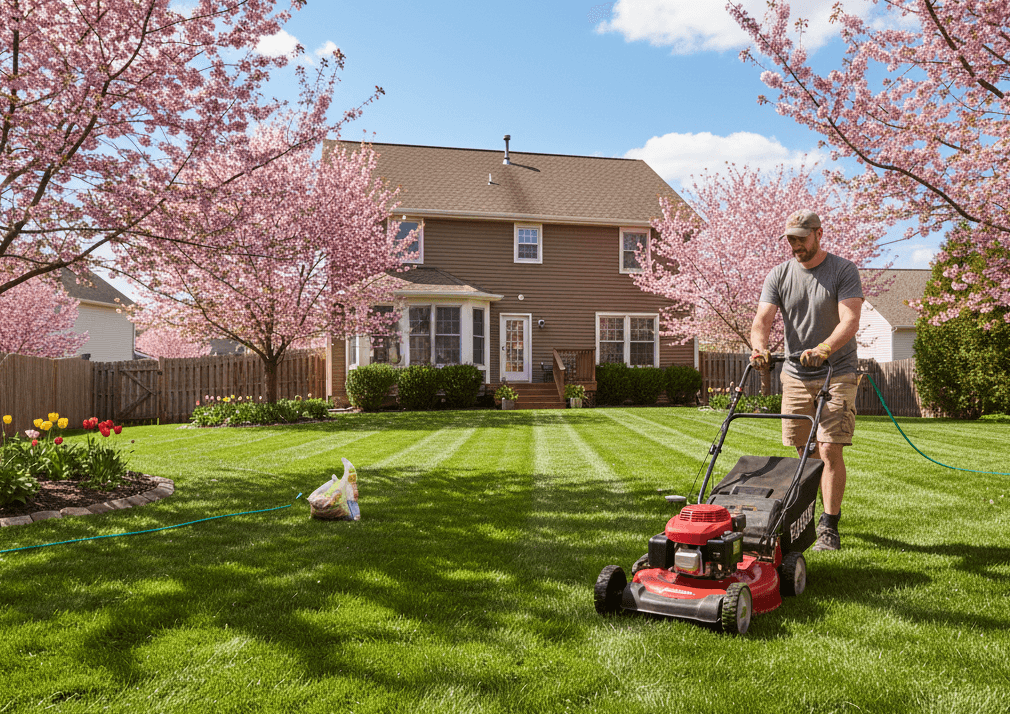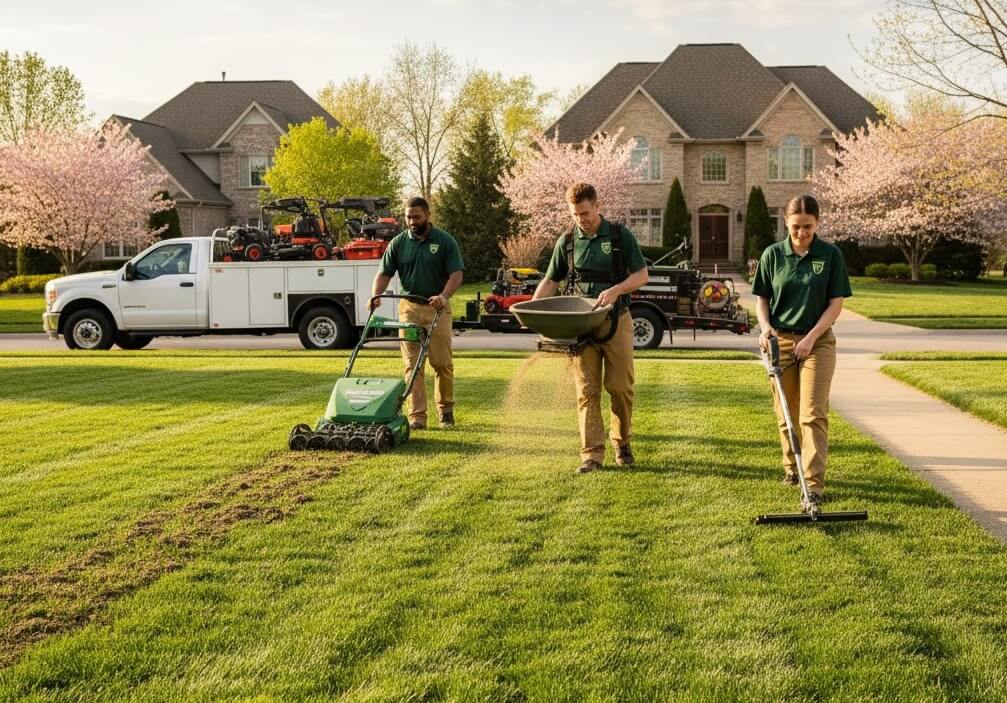A well-designed lawn care plan keeps your grass healthy, resilient, and beautiful through every season. Whether you prefer a DIY lawn care approach or a professional service, understanding how to align lawn maintenance with seasonal changes ensures long-term success.
Creating a yearly plan isn’t just about mowing and watering—it’s about anticipating your lawn’s specific needs: soil health, grass type, and climate. By mapping out your maintenance strategy from spring to winter, you’ll avoid common problems like nutrient imbalance, patchy growth, or overwatering.
This guide breaks down everything you need to know, from choosing the best tools to professional lawn care services and technologies—so you can grow a lush, thriving lawn all year long while saving both time and money.
Understanding Your Lawn Care Needs
Every successful lawn care plan begins with understanding your lawn’s unique characteristics—its grass type, soil condition, and regional climate. These factors determine how often to water, fertilize, and mow, ensuring your DIY efforts lead to sustainable, year-round results.
1. Determining Grass Type
Your grass type sets the foundation for your maintenance schedule.
- Cool-season grasses (like Kentucky bluegrass, fescue, and ryegrass) thrive in northern states and grow strongest in spring and fall.
- Warm-season grasses (such as Bermuda, Zoysia, and St. Augustine) perform best in southern climates, peaking in summer.
To identify your grass, compare blade texture, color, and growth rate—or consult your local USDA Plant Hardiness Zone Map for region-specific guidance. Knowing your grass type helps you choose the right mowing height, watering frequency, and fertilizer blend.
2. Assessing Soil Health
Healthy soil supports strong roots and disease resistance. Start with a soil test, available through county extension offices or at-home kits, to measure pH, nitrogen, phosphorus, and potassium levels.
- Ideal pH for most grasses: 6.0–7.0
- Adjust pH with lime (to raise) or sulfur (to lower) as needed.
If the soil feels compacted or has drainage issues, consider aeration to improve airflow and water absorption. Regular soil testing—once every two to three years—keeps your fertilization precise and effective.
3. Climate Considerations
Climate shapes every aspect of lawn care, from watering to fertilizing. In humid regions, fungal prevention and balanced nutrients are key, while arid areas benefit from drought-tolerant grasses and efficient irrigation.
Monitor local weather trends and adjust your mowing schedule accordingly—cut less frequently during dry spells to reduce stress.
Smart planning that matches your local climate helps ensure consistent color, fewer weeds, and reduced water waste.
DIY Lawn Care Plan: What's Important
Building your own DIY lawn care plan can significantly reduce annual maintenance costs while giving you complete control over how your lawn looks and grows. With a clear schedule and the right tools, homeowners can achieve professional-level results without paying professional rates.
Advantages of DIY Approaches
Taking a DIY approach to lawn care offers flexibility, savings, and satisfaction.
- Cost efficiency: On average, homeowners save 30–50% annually compared to hiring a service, depending on lawn size and region.
- Customization: You decide which fertilizers, weed controls, or organic products to use.
- Consistency: Because you manage the schedule, mowing and fertilizing happen on time.
- Sustainability: DIY programs allow for eco-conscious choices—such as composting clippings or using slow-release fertilizers—to minimize chemical runoff.
DIY doesn’t mean “doing it all manually.” With smart tools like robotic mowers and soil sensors, today’s homeowners can automate many repetitive tasks and still maintain personal oversight.
Key Components of a DIY Lawn Care Program
A solid DIY lawn care plan focuses on six essential steps throughout the year:
- Soil Testing – Begin with a pH and nutrient check to guide fertilization.
- Mowing – Maintain grass height according to species (2.5–4 inches for most types).
- Watering – Water deeply, about 1–1.5 inches per week, early in the morning.
- Fertilizing – Apply balanced, slow-release fertilizer 3–5 times per year, aligned with growing seasons.
- Aeration and Overseeding – Aerate annually to relieve compaction and seed bare spots in fall.
- Weed and Pest Control – Apply pre-emergent herbicides in early spring and inspect for pests regularly.
Consistency and record-keeping are key. Maintaining a simple lawn calendar or using a smart app to track treatments ensures your efforts build over time.
Seasonal Lawn Maintenance Guide: Essential Things You Need to Know
A successful lawn care plan adapts to each season’s challenges—from spring growth to winter dormancy. By adjusting mowing, watering, and fertilizing habits throughout the year, you can maintain strong roots, vibrant color, and weed-free turf without overworking your lawn.
Spring: Wake Up and Repair Your Lawn
Spring sets the foundation for your lawn’s success.
- Clean & dethatch: Remove debris, dead leaves, and thatch to promote airflow.
- Aerate: Loosen compacted soil to help water and nutrients reach the roots.
- Fertilize lightly: Apply a balanced or slow-release fertilizer once soil temps reach 55°F.
- Pre-emergent herbicide: Prevent crabgrass and broadleaf weeds before germination.
- Mow early—but high: Set blades around 3 inches to avoid stressing new shoots.
A healthy start in spring strengthens the lawn for summer stress and promotes deeper root growth.
Summer: Maintain and Protect Your Lawn
Summer is about protection and consistency.
- Mow less often, higher: Taller grass shades roots and retains moisture.
- Water deeply: 1–1.5 inches per week early in the morning reduces evaporation.
- Watch for pests: Look for grubs, chinch bugs, or fungal patches; treat early.
- Avoid over-fertilizing: Excess nitrogen can scorch grass in hot weather.
Consider using mulching blades to recycle nutrients naturally and reduce fertilizer use.
Fall: Strengthen and Prepare Your Lawn
Fall is your lawn’s recovery season.
- Aerate again: Relieve compaction and encourage root expansion.
- Overseed: Fill bare areas and thicken turf before dormancy.
- Apply fall fertilizer: Use a high-nitrogen formula to store energy for spring.
- Leaf management: Mulch or remove leaves to prevent fungal buildup.
Fall preparation sets the stage for a green, healthy lawn next spring—and reduces winter damage.
Winter: Rest and Protect Your Lawn
Winter is downtime for most lawns, but care doesn’t stop entirely.
- Minimize traffic: Avoid walking on frozen turf to prevent breakage.
- Keep debris clear: Remove heavy branches or snow piles to prevent mold.
- Service equipment: Sharpen mower blades, store tools, and plan next season’s tasks.
- Protect irrigation and robotic mowers: Drain systems and store devices indoors if freezing temps are expected.
Even during dormancy, a little maintenance goes a long way toward faster recovery in spring.
Best DIY Lawn Care Programs: Get Professional Guidance
If you prefer managing your lawn yourself but want professional guidance, DIY lawn care programs offer the best of both worlds. These subscription-based kits deliver region-specific nutrients, easy-to-follow schedules, and simplified lawn maintenance for homeowners seeking healthier grass without the guesswork.
At-a-Glance Comparison of Professional Lawn Care Services
|
Program |
Key Feature |
Price Range (per season) |
Ideal For |
|
Sunday |
Custom fertilizer blends based on soil test & local weather |
$120–$250 |
Beginners, eco-friendly care |
|
Lawnbright |
Liquid, hose-end nutrients with organic ingredients |
$150–$300 |
Sustainable DIY users |
|
Scotts Annual Program |
Pre-planned granular fertilizer for each season |
$100–$200 |
Traditional lawns, retail shoppers |
|
Lawnifi |
Slow-release, professional-grade formulas |
$150–$350 |
Homeowners seeking professional-level results |
Recommended DIY Lawn Care Options
- Sunday Lawn Care: Uses your soil and climate data to create personalized nutrient packs. Their mobile app offers real-time guidance on timing and application.
- Lawnbright: Focuses on natural ingredients and simplified liquid feeding—great for smaller lawns or environmentally conscious homeowners.
- Scotts Annual Program: A reliable, store-available solution with seasonal bags labeled for spring, summer, and fall.
- Lawnifi: Offers professional-grade fertilizers used by sports fields, ideal for homeowners seeking long-term turf health.
Each of these programs can be integrated into your broader lawn care plan for predictable, data-driven results that complement your DIY schedule.
Lawn Care Subscription Services
Lawn care subscription services make it easy to follow a consistent, science-based routine. These programs deliver fertilizers, soil conditioners, and weed treatments directly to your door, taking the guesswork out of what to apply and when to keep your lawn healthy year-round.
Overview of Popular Options
Modern subscription services like Sunday, Lawnbright, and Scotts Program Plus use online assessments to design a plan tailored to your soil and local weather. After completing a quick questionnaire or soil test, you’ll receive timed shipments containing nutrients and care instructions that match your region’s growing conditions.
These services are especially helpful for busy homeowners who want results without managing a complex schedule.
Benefits of Lawn Fertilizer Subscriptions
- Precision and consistency: Each shipment is timed for seasonal needs, preventing over- or under-fertilization.
- Eco-friendly formulas: Many brands now use low-nitrogen or organic nutrients to reduce chemical runoff.
- Customization: Subscription plans consider your yard size, soil condition, and grass type.
- Convenience: No more store trips or guesswork—everything arrives ready to use.
Monthly Lawn Care Applications
Most services send four to six shipments per year, each addressing seasonal requirements such as early growth, weed control, and winter preparation. Each application takes 10–20 minutes, making it practical for DIY users.
Consistent application is the secret to lasting results—when combined with mowing, watering, and soil testing, subscription programs can transform your lawn with minimal effort.
Personalized Lawn Care Strategies
The most effective lawn care plan isn’t one-size-fits-all. By customizing fertilizer blends, tracking soil performance, and using smart tools like robotic mowers, you can create a sustainable, efficient routine that saves time while improving lawn health and visual appeal across every season.
Custom Lawn Fertilizer
- Tailoring fertilizer to your soil’s exact nutrient needs prevents waste and promotes steady growth. Start with a professional soil test or digital analysis, then choose a product that aligns with your grass type.
- Custom blends—rich in nitrogen, phosphorus, and potassium in balanced ratios—help avoid common issues like yellowing or patchy areas.
- Some advanced lawn programs even allow you to upload soil data and receive made-to-order formulations for your yard.
Tailoring Your Lawn Program
No two lawns grow the same. Using digital tools such as weather-based apps, moisture sensors, or growth trackers allows you to adjust watering and feeding automatically.
A personalized plan accounts for mowing frequency, rainfall, and even shade levels, ensuring your DIY efforts stay efficient and eco-conscious.
Protect Your Lawn with Smart Tools
Automation is transforming DIY lawn care. Robotic mowers, like the advanced Mammotion models, offer a precise, eco-friendly way to maintain your lawn without constant oversight.
- Mammotion mowers use GPS-guided mapping, adaptive cutting systems, and quiet operation to handle complex lawns efficiently.
- While the upfront cost may range from $1,000–$5,000, many homeowners recoup this investment within 1–2 years by eliminating mowing fees and reducing fuel use.
- Beyond convenience, robotic mowers maintain consistent grass height—improving root health and reducing weed growth naturally.
Smart lawn tools empower homeowners to combine technology with tradition for the ultimate year-round care solution.
Conclusion
A truly effective lawn care plan combines consistency, seasonal awareness, and smart customization. Whether you follow a DIY lawn care approach or use advanced tools, the key to success lies in understanding your lawn’s unique needs and adapting as conditions change.
Creating and following a structured plan—from soil testing and fertilization to mowing and automation—ensures healthier grass, fewer weeds, and long-term savings. Start simple: know your grass type, feed your soil, and stick to a seasonal routine.
Modern innovations, like Mammotion’s robotic mowers, make maintenance more efficient and eco-friendly, letting you enjoy your yard rather than work on it constantly, and save on your lawn care costs. By blending smart technology with hands-on care, you can achieve a lush, resilient lawn that thrives year after year.





